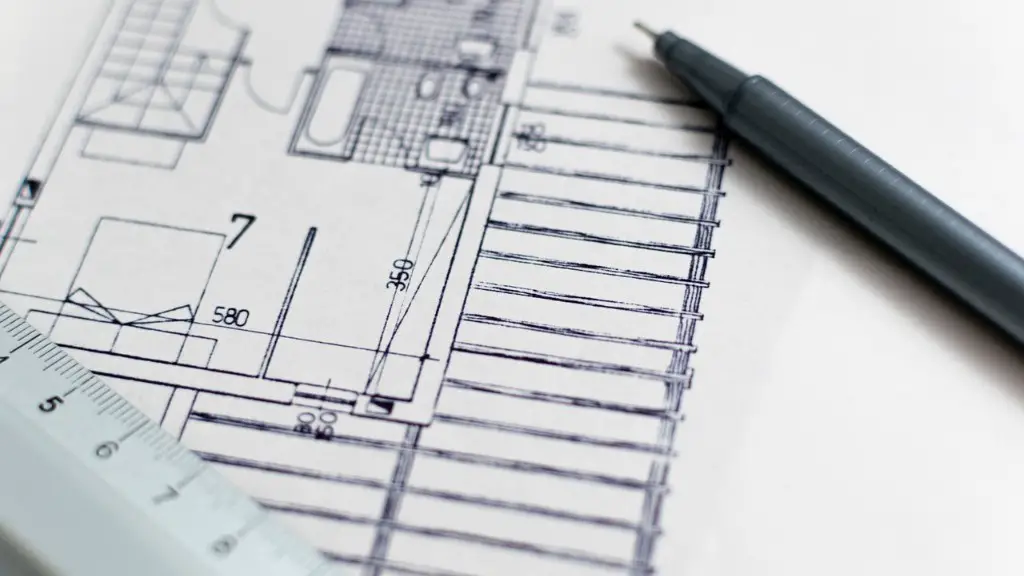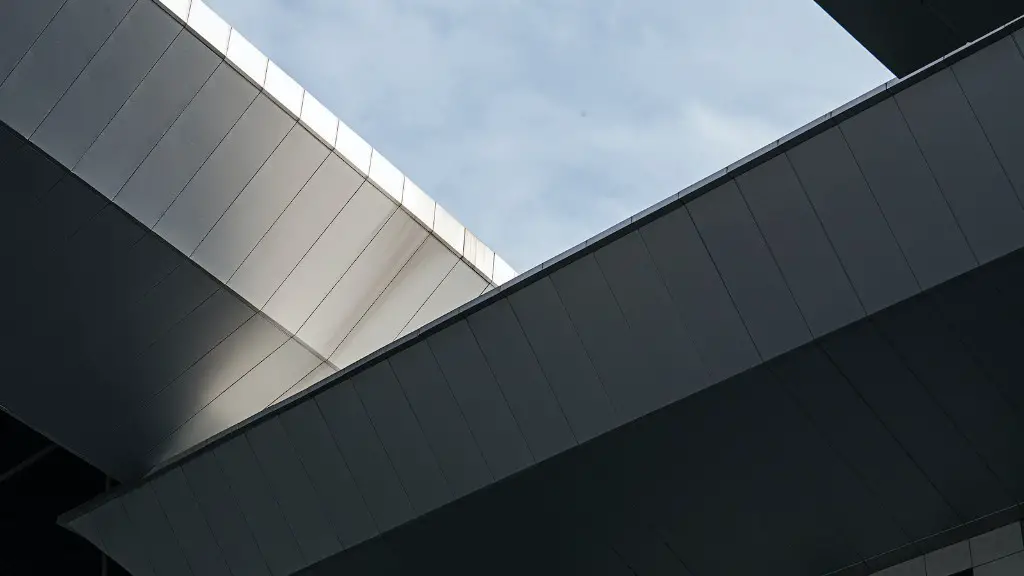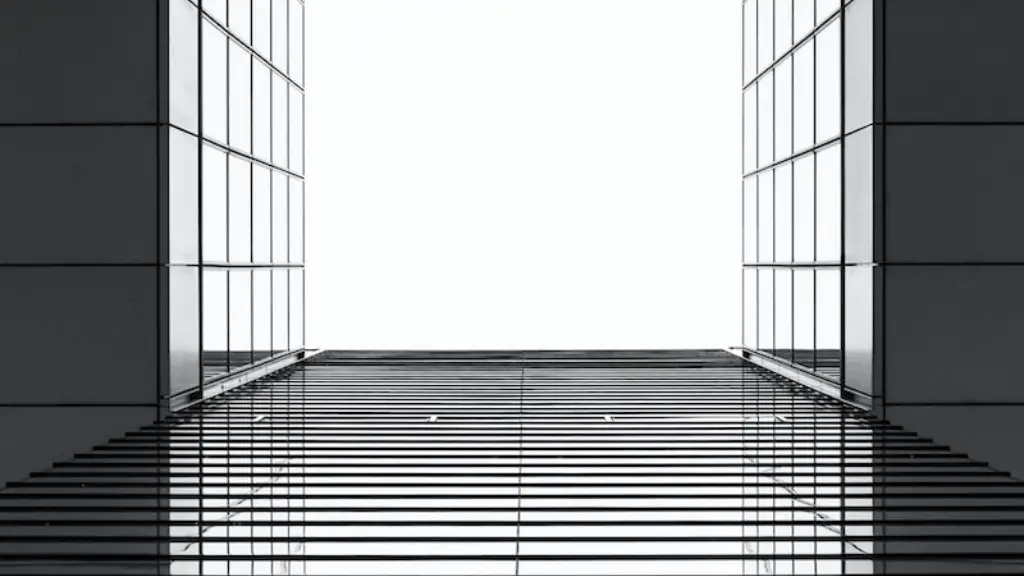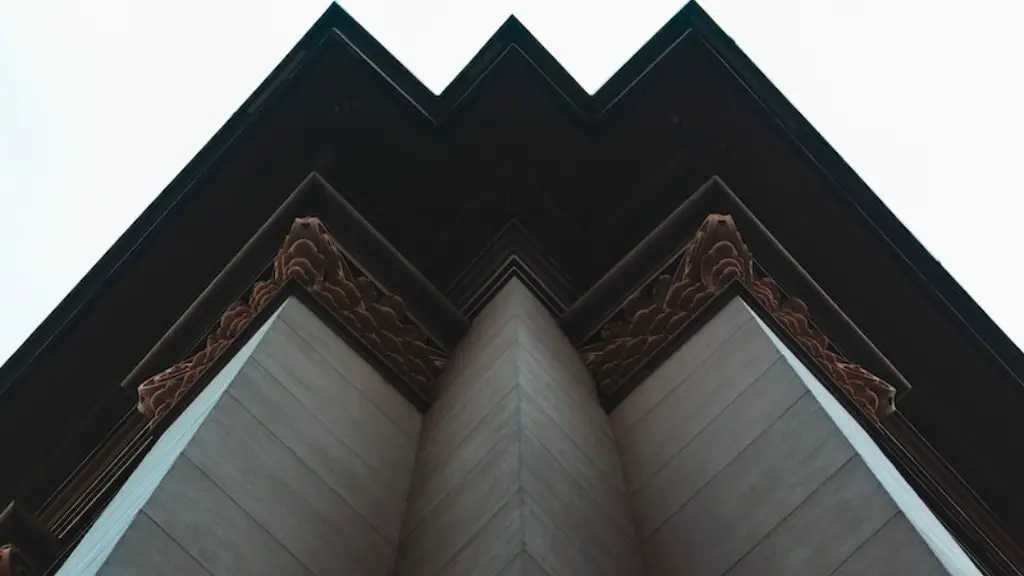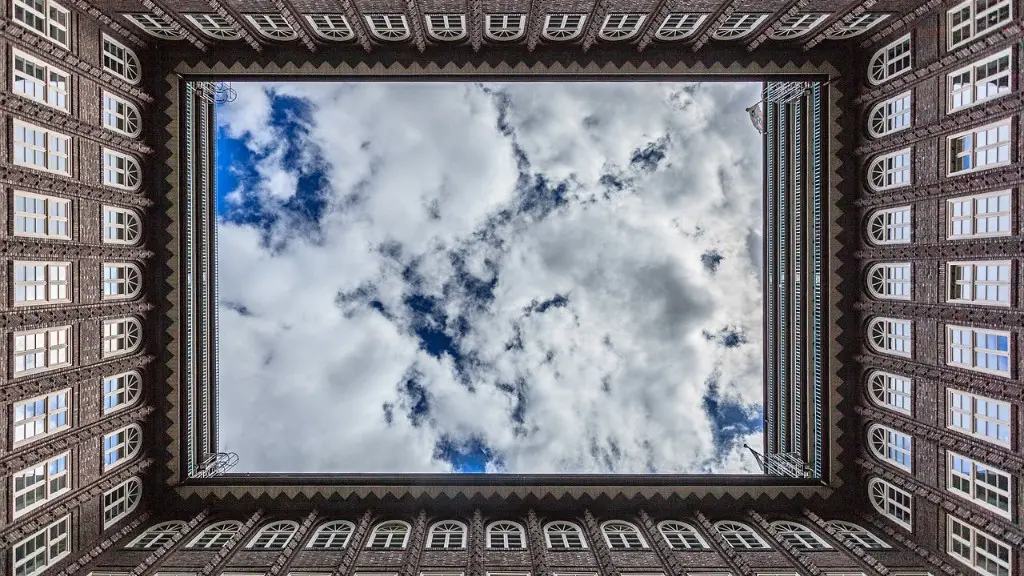Modern architecture is a style of architecture that emerged in the early 20th century, and it has since become one of the most iconic styles of architecture in the world. This style is characterized by its bold shapes, innovative materials, and its use of new technologies and construction techniques. From its roots in the early 20th century, modern architecture has evolved and adapted to changing needs, cultures, and climates around the world. It is now one of the most popular and widely used styles of architecture.
One of the defining characteristics of modern architecture is its openness and openness to new ideas and new forms. The modernist movement freed architects from the past, allowing them to explore different materials, forms, and techniques, while still maintaining a sense of harmony with the surrounding environment. The open plan of modern architecture allows spaces to flow together, and the use of large windows and natural light helps to create a sense of airiness and openness.
Modern architecture also embraces the use of new materials and technologies, such as steel and glass, concrete, and other new materials. These materials are often more sustainable and energy efficient, helping to create buildings that are better for the environment. With the use of lighter materials and more efficient construction methods, modern architecture is able to achieve complex designs that were unthinkable in the past.
Modern architecture has also embraced new technologies such as computer-aided design (CAD), making it easier to design complex structures, and to quickly adapt to changing needs and circumstances. This, combined with the use of modern materials and techniques, has enabled architects to create more efficient and sustainable buildings.
Another defining characteristic of modern architecture is its focus on function, rather than form. Modern architects strive to create spaces that are not only aesthetically pleasing, but that are also designed to take full advantage of their functions. As a result, modern buildings are often designed to have multiple functions, with each space being used in the most efficient way possible.
Finally, modern architecture is also heavily influenced by the cultural values and beliefs of its time. This is evident in the choice of colors and materials used, as well as in the design of the space itself. Modern architects strive to create a space that reflects both the culture of its time, as well as the values and beliefs of the people who inhabit it.
Sustainability of Modern Architecture
The sustainability of modern architecture has become an increasingly important aspect of its design. Modern architects strive to create buildings that are not only aesthetically pleasing and efficient, but that are also efficient in terms of their energy usage. This means that modern buildings are often designed to be as efficient as possible, using modern materials and technologies to reduce their energy consumption and emissions.
Modern architects also strive to create buildings that are environmentally friendly, using materials that are recyclable or recyclable alternatives, and designing buildings that can be easily adapted to changing environmental needs and conditions. For example, many modern buildings use green technologies such as solar panels to generate energy and reduce their carbon footprint.
Modern architects also take into account the needs of the surrounding environment, by exploring ways to make buildings more energy efficient and to reduce their effect on the environment as a whole. This means designing buildings that are able to reduce their energy usage, while still providing a comfortable living or working environment.
Connection to Nature
Modern architecture has also focused on creating a connection to nature. This is done through the use of natural materials and incorporating natural elements into the design. The use of wood, stone, bamboo, and other materials can help create a sense of harmony between a building and its surroundings. Additionally, modern architects often incorporate plants, water features, and other landscaping elements into their designs, creating an atmosphere of tranquility and relaxation.
In recent years, modern architecture has also taken steps to improve air quality by incorporating environmental controls such as air filtration and natural ventilation systems into their designs. This helps to reduce air pollution, improve air quality, and reduce the amount of energy consumed in a building. Additionally, modern architects are also incorporating green roofs and green walls into their designs, reducing the need for artificial heating and cooling systems.
Finally, modern architecture is also embracing the idea of community. Modern architects are designing buildings that encourage interaction between their inhabitants, creating spaces that allow for socializing, collaboration, and creativity. These buildings create a sense of place, creating a feeling of connection and community within the inhabitants.
Innovative Use of Materials
Modern architecture is known for its innovative use of materials and its ability to create complex and interesting shapes and forms. Modern architects often push the boundaries of what is possible, making use of new and unconventional materials and techniques to create structures that are both aesthetically pleasing and highly efficient.
Modern architects are also making use of alternative materials, such as recycled and recyclable materials, to reduce the cost of construction and to reduce the environmental impact of buildings. Additionally, modern architects are also exploring the use of new technologies and materials, such as 3D printing and other advanced material technologies, in order to create even more efficient, sustainable, and aesthetically pleasing buildings.
Furthermore, modern architects also strive to reduce the waste and emissions of buildings, through the use of green materials and construction methods. This includes using building materials that are sourced from sustainable sources and using building techniques that reduce the amount of energy consumed, resulting in more sustainable buildings.
Finally, modern architects are using their creativity to create structures that are more than just aesthetically pleasing, but that also serve a function. This can include creating buildings that are not only efficient in terms of energy usage, but that also provide spaces for activities and events, such as play areas, educational spaces, and other functions.
Influence on Society
Modern architecture has had a major influence on the way that people live, work, and play. One of the most significant contributions that modern architecture has made is in the way that it has improved the physical and mental health of society. Modern designs are created in such a way as to be both aesthetically pleasing and highly efficient, providing a more enjoyable and productive environment for its inhabitants.
Modern architecture has also had an influence on the way that people commute, with its emphasis on open spaces and efficient transportation systems. For example, modern designs have made it easier for people to access public transportation, reducing the amount of time and energy spent on commuting. Modern designs have also helped to reduce the amount of traffic congestion, creating safer and more efficient transportation systems.
Modern architecture has also had a major effect on the economic development of cities. As modern designs have become more efficient, they have allowed cities to become more attractive and desirable locations, driving economic growth and providing high-quality jobs.
Finally, modern architecture has also had an effect on the way that people interact with each other. Modern designs encourage people to interact with the surrounding environment, creating a more relaxed and pleasurable way for people to socialize and collaborate.
Adaptability
Modern architects strive to create buildings that are not only aesthetically pleasing, efficient, and sustainable, but also adaptable. By taking into account the needs of their inhabitants, modern architects strive to create buildings that are versatile and flexible enough to easily adapt to changing needs.
Modern architects are also incorporating new technologies and materials into their designs, such as those that are used in modular construction. This allows modern buildings to quickly adapt to new environmental conditions and needs, while still maintaining their efficiency and aesthetic appeal.
Finally, modern architects are also exploring new methods of construction and new ways of thinking. By experimenting with new techniques, materials, and ideas, modern architects are creating buildings that are able to better withstand changing environmental factors, such as drought, flooding, and seismic activity.
Conclusion
Modern architecture is a style that has taken hold around the world, and it is easy to see why. Its bold shapes, innovative materials, and its focus on efficiency and sustainability make it an attractive option for many. The ability to quickly adapt to changing needs and conditions make it an ideal choice for those who want to create buildings that are not only beautiful, but also efficient and sustainable.
